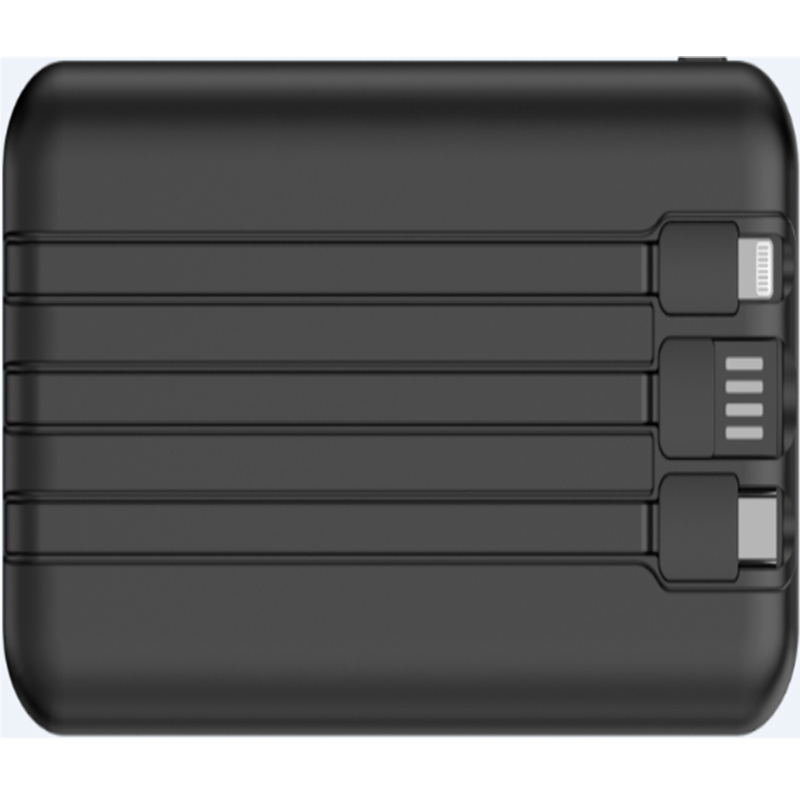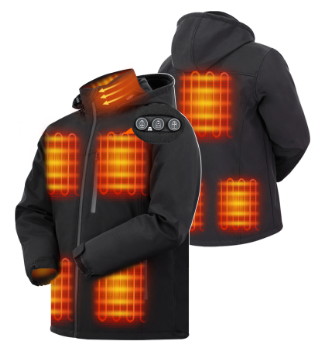How To Choose -40 Degrees Low Temperature Battery Suitable For Heating Clothes In Extreme Cold Area?
How To Choose -40 Degrees Low Temperature Battery Suitable For Heating Clothes In Extreme Cold Area?
When choosing a -40°C low-temperature battery for heating clothes in extreme cold areas, consider the following factors:
1: Temperature Rating: Ensure the battery is specifically rated for -40°C. Some batteries perform poorly or degrade at such low temperatures.
2: Capacity and Power Output: Choose a battery with sufficient capacity (measured in mAh or Ah) and power output (volts and watts) to provide adequate heat for the duration you need.
3: Chemistry: Lithium-ion batteries are often preferred for their performance in cold conditions compared to other types.
4: Size and Weight: Opt for a battery that balances performance with comfort, considering the weight and size that will be manageable in your clothing.
5: Durability and Safety: Look for batteries with robust construction to withstand extreme cold and potential physical stress.
6: Compatibility: Ensure the battery is compatible with your heating garment’s design and power requirements.
Our factory is specialized in the production of heated clothing batteries. Semi-solid high nickel Ni83 ternary battery (or liquid phase method LFP special material), high capacity, adapted to the extreme cold region.



 English
English
Custom 24V Lithium Battery Pricing
The price variation for custom 24V lithium batteries fundamentally stems from “base cost + functional cost + customization cost + compliance cost.”
Read MoreCustomized 48V Lithium Batteries: High Demand in Three Key Industries
Large medical carts, portable testing instruments, and other equipment require a 48V battery to provide stable power, while also complying with the ISO 13485 medical standard to avoid electromagnetic interference affecting device accuracy.
Read MoreIEC 62619 Safety Testing Standard for Energy Storage Batteries
In addition to covering traditional tests included in existing lithium battery standards, such as electrical tests, thermal tests, and mechanical tests, the new standard introduces dedicated sections to assess the Battery Management System (software evaluation).
Read More